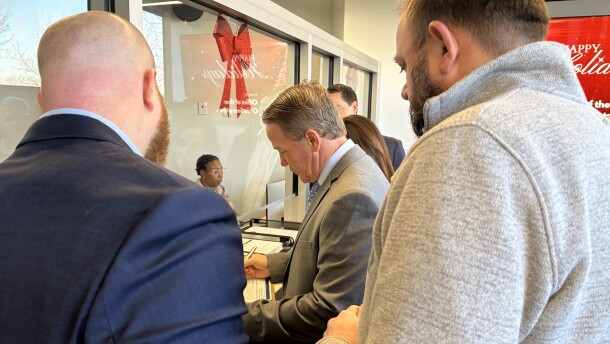U.S. Sen. Jon Husted officially filed his candidacy with the Ohio Secretary of State’s office on Friday.
The award-winning team of the Ohio Public Media Statehouse News BureauTM presents insights and "the scoop" on the story behind the scenes of Ohio politics.










